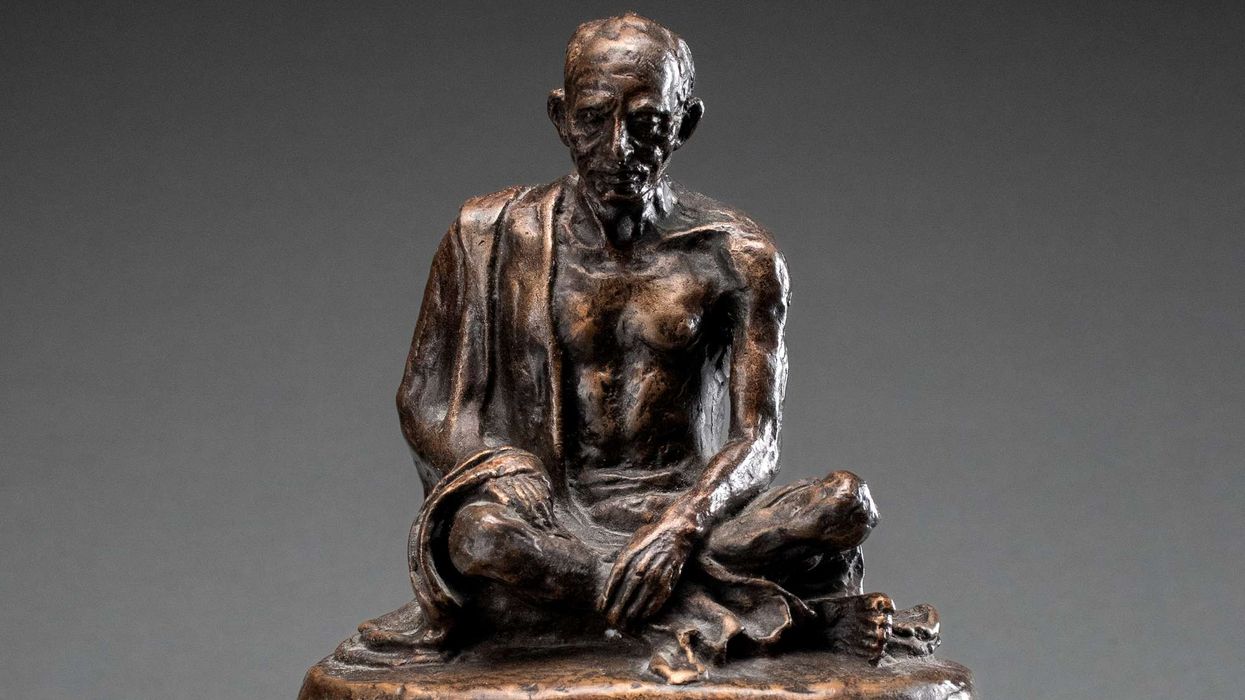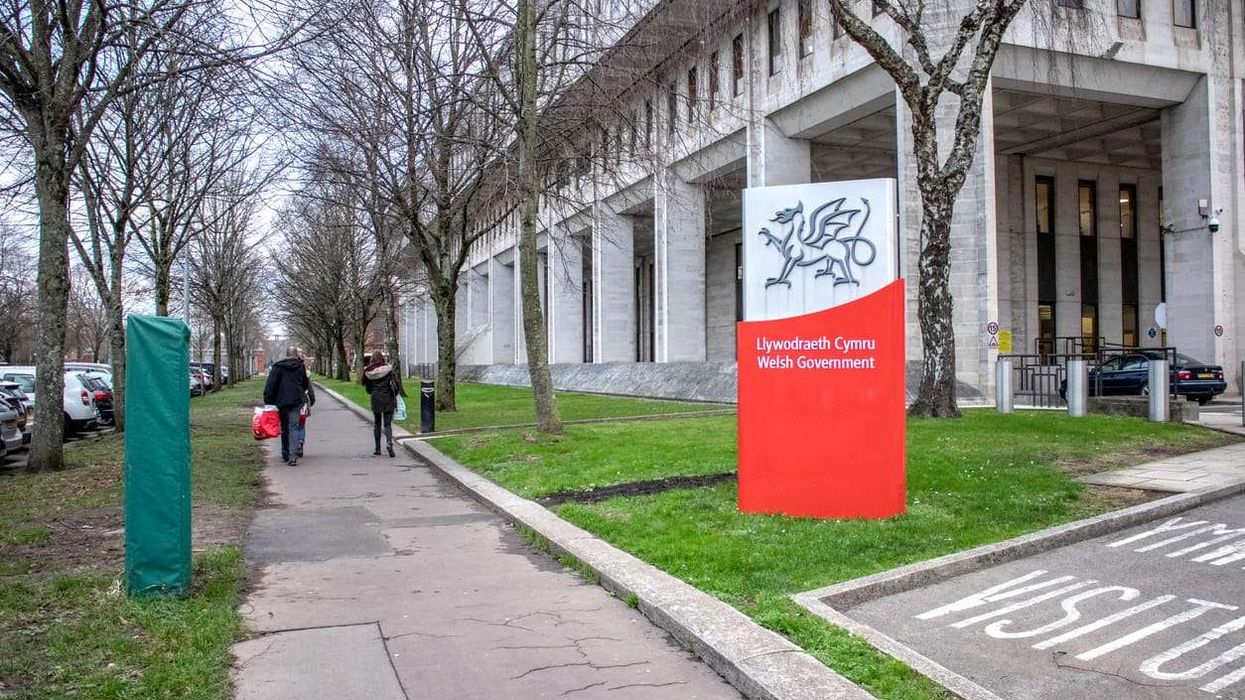Lorenzo Musetti demonstrated remarkable resilience and skill as he advanced to his first Grand Slam semi-final by defeating American 13th seed Taylor Fritz in a gripping five-set match at Wimbledon on Wednesday.
The Italian 25th seed emerged victorious with a scoreline of 3-6, 7-6(5), 6-2, 3-6, 6-1, marking a significant milestone in his career.
The 22-year-old saved some of his best tennis for the end, outlasting Fritz in a match that showcased his ability to adapt and overcome challenges. Reflecting on his performance, Musetti expressed his satisfaction, saying, "I'm really happy about what I've achieved today. Happy about the way I fought until the end. I found a way to develop my game set after set. It was really a big reaction from me in the fifth. I probably played my best tennis of the week."
Facing Fritz, who had previously reached the quarter-finals of three Grand Slam tournaments, including Wimbledon in 2022, was no easy feat. Fritz, the reigning Eastbourne champion, brought his powerful serve and forehand to the fore, capturing the first set 6-3. He continued to press Musetti, but the Italian responded by elevating his game and taking the second set in a closely contested tiebreak.
Musetti's tactical versatility was on full display as he mixed up his shots, using chips and slices to disrupt Fritz's rhythm. This strategy paid off in the third set, which Musetti won 6-2 with two decisive breaks of serve. Fritz, however, rallied in the fourth set, levelling the match at two sets apiece.
As the match progressed into the fifth set, Musetti's determination shone through. Despite the blustery weather and encroaching shadows on the court, he built a commanding 5-0 lead. Musetti sealed his victory when Fritz hit a shot long after falling awkwardly at the net on the previous point.

Musetti's victory sets up a daunting semi-final clash with seven-time Wimbledon champion Novak Djokovic. The Serbian, aiming for his 25th Grand Slam title, advanced to the semi-finals after Australian ninth seed Alex De Minaur withdrew due to a hip injury.
Musetti acknowledged the challenge ahead, saying, "I've played him many times in different stages, even big ones. I beat him one time in Monte Carlo. I lost the others. With Nole, after the match, I always finished with a lesson. The last match was really an intense one from both players and a really stressful match. Against him, you're probably more stressed because he's probably the best player ever or one of the best ever. You walk on court with a different mentality. If I play a certain way, I could have my shot in the next round."
Musetti's path to this milestone has been marked by significant achievements. He has a career-high singles ATP ranking of World No. 15, achieved on 26 June 2023, and a doubles ranking of World No. 142 as of 1 April 2024.
The Italian has won two ATP Tour singles titles, along with two titles on the ITF World Tennis Tour and two ATP Challenger titles. His ascent began in the junior ranks, where he reached the final of the 2018 US Open boys' singles and won the 2019 Australian Open boys' singles title.

Musetti made his ATP Tour main draw debut at the Dubai Tennis Championships in February 2020 at the age of 17. He gained recognition at the Italian Open, where he defeated three-time Grand Slam champion Stan Wawrinka and former World No. 4 Kei Nishikori.
He was also the youngest player to break into the top 100 by reaching the semi-finals of the ATP Tour 500 Mexican Open tournament in March 2021.
Taylor Fritz, on the other hand, has had a notable career with his best Grand Slam results being quarter-final finishes at Wimbledon in 2022, the US Open in 2023, and the Australian Open in 2024.
This year, he reached the round of 16 at Roland Garros and won his third title at Eastbourne, becoming the first three-time champion in the tournament's history.
(With inputs from AFP and Reuters)













